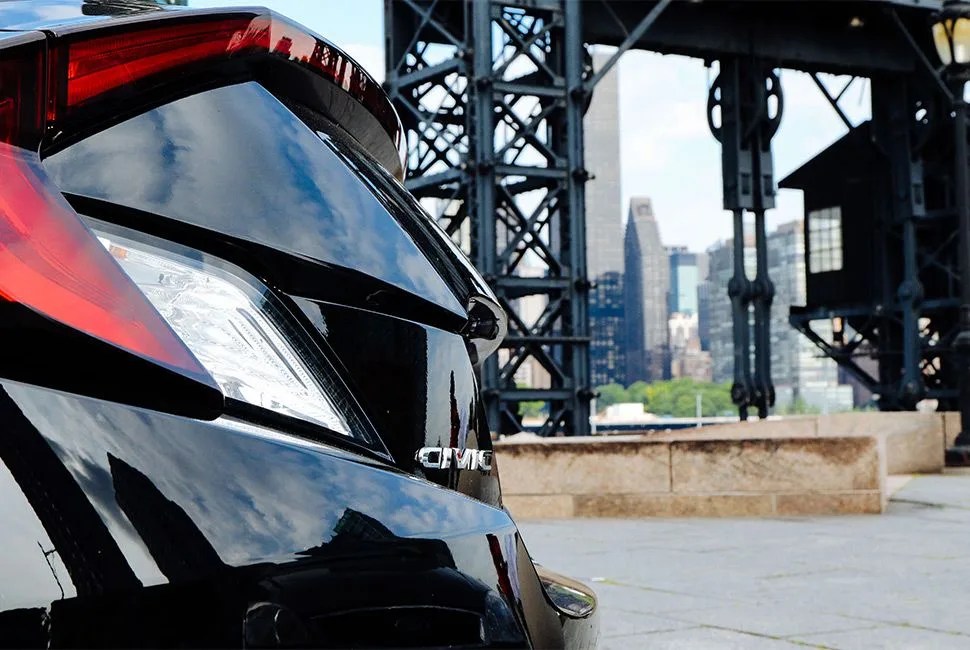Yes, it’s true. I — car geek for nigh upon 30 years, single man who chooses to ogle a Ferrari smoothing past rather than a pretty woman, typically stressed New Yorker who imagines shifting a notchy five-speed to calm himself down — genuinely like the continuously variable transmission. I’d like to say I don’t care about what the haters say, but I do. In fact, I hear you loud and clear. But like IPAs and avocados, it’s an acquired taste that just makes sense to adopt. Because the CVT is wonderful.
The CVT is, as far as I can tell, almost universally snubbed if not downright hated by car enthusiasts. To prove this, let comments from YouTube videos and forums be submitted to a candid world:
1. “CVT = junk?”
2. “I hate CVTs but this video makes me want to go rent one of these cars just so I can beat the hell out of it till that red-headed stepchild of a transmission explodes.?”
3. “CVT ***** ***”
4. “I have never — and I mean never — driven a CVT that I liked.”
5. “Surgically removes all the fun from driving.”
And on and on. My bold claim is that those commenters and their ilk are to some degree luddites who, unaware of what a CVT actually is, decry its use because it’s a) different from what they’re used to, b) seems like new technology (new is scary) and c) complaining about things on the Internet is basically an inalienable right.
CVTs are a form of automatic transmission that, instead of using individual gears, utilize belt-driven conical parts to allow for infinite gear ratios (as opposed to the four or five…or eight that your car’s automatic can achieve). So yeah, it’s different — no shifting occurs, so the typical “car sounds” and shifting sensations don’t apply. But it’s not new; in fact, Leonardo da Vinci is said to have come up with the idea 500 years ago, and the technology has been used in sawmills since the late 1800s.
And they’re not not fun. They’re the opposite: CVTs are able to select the best engine speed for your driving situation…using physics! If you need to accelerate to pass on the highway, the transmission speeds up to, say, 5,500 RPM and stays there regardless of your speed (a traditional automatic would shift down at first, and then up as you accelerate). This does admittedly cause a bit of a “buzzing” sound, but that means the engine is providing maximum power right when you need it, which is awesome. CVTs are slightly more economical too, since they’re engineered for efficiency — if the engine is always turning at the optimal speed for conditions, it’s never using more gas than necessary.
I see the merits, is what I’m saying. And to reassure myself, I took two different CVT-equipped cars in and around New York City for a weekend each. If you want a fun, zippy, modern car, start here.












